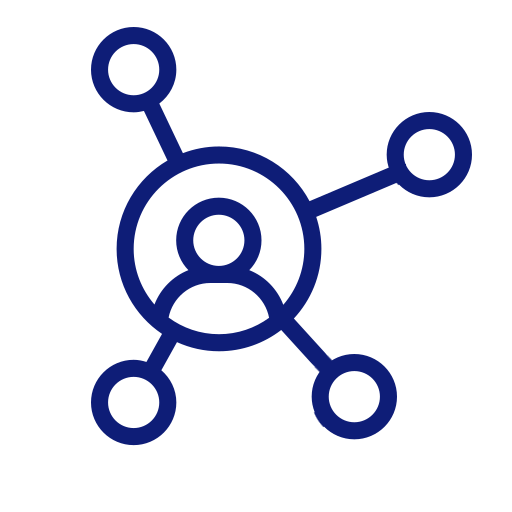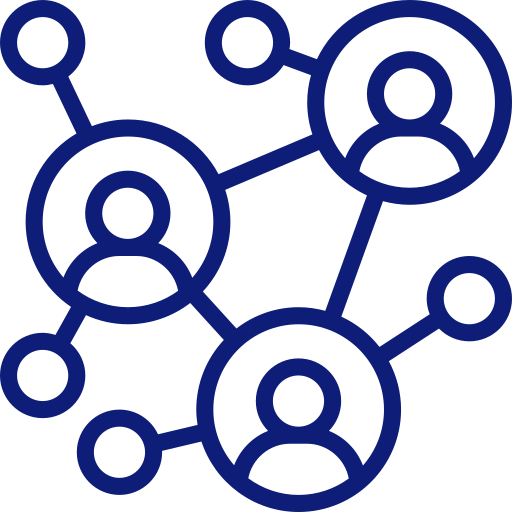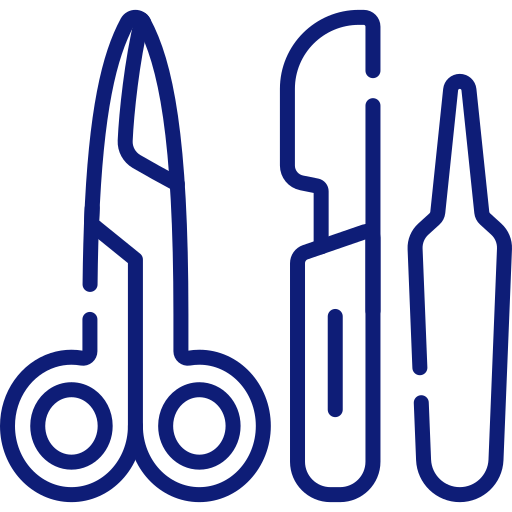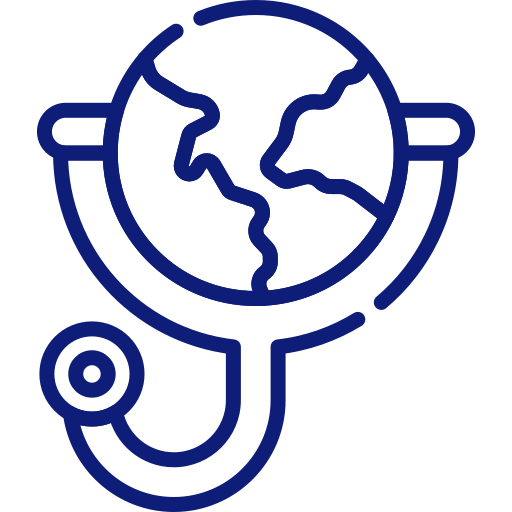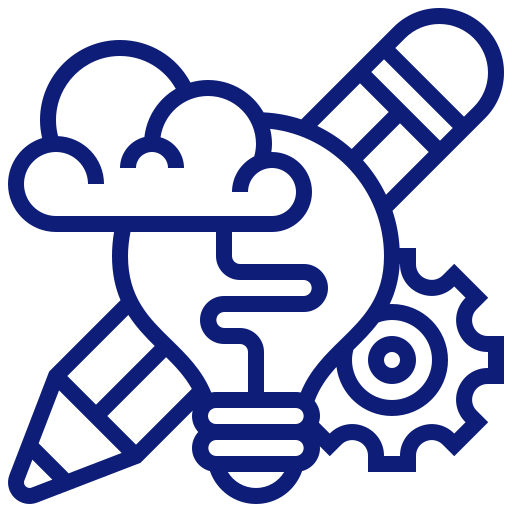Case Study
Medical device company achieves global compliance while improving labeling accuracy and reducing costs
Background
Our customer is the third largest medical device company in the global spine industry. The Company carries more than 90 products spanning lumbar, thoracic, and cervical applications, neuromonitoring services, and a biologics portfolio. Their products have been used in hundreds of thousands of spine surgeries. The company has facilities throughout the United States, Europe and Asia.
Existing Environment
The Company had an old non-unicode version of SAP with plans to upgrade in 2016. As they are highly regulated, upgrading SAP requires FDA validation which is a complex and expensive task. They had a third party consultant design all of their labels with SmartForms. They also had a basic labeling module that was used for simple, unregulated labeling projects. Labels were generated in a variety of ways between two disparate systems housed in different production and testing facilities.
Business Goals
The Company’s business goals for this project were to find a way to design and print multilingual UDI compliant labels direct from their existing non-unicode based SAP system. This solution also had to integrate with their SAP ECM system and adhere to FDA CFR 21 part 11 regulations.
Challenges
Compliance with Industry Regulations
Due to the regulated nature of the medical device industry, the Company had to comply with FDA CFR 21 part 11 regulation for versioning and traceability while also producing UDI compliant bar codes. Its existing labeling systems were not set up to guarantee label and process accuracy in accordance with industry regulations. The Company needed an easy way to meet label requirements in the many countries it did business.
Costly and Time Consuming Integration with the SAP System
The Company supported various systems in its labeling environment including SAP SmartForms, SAP document storage server, SAP ECM Module, and a custom products translation table. This setup didn’t support Unicode, meaning foreign language characters couldn’t be printed on labels. In order to integrate with the product translation table to print translated labels, the Company would have to upgrade its entire SAP installation, which was not planned until mid-2016. An immediate upgrade was not an option due to the highly regulated requirements of the industry.
Upgrading required adherence and validation to FDA regulations and this was a time consuming and costly endeavor. The SAP ECM Module facilitated label change management using a manual approval process which involved creating, scanning, and physically walking a label to another department for approval. This consumed costly man hours and introduced risk of missed changes and errors. The Company needed real-time integration with SAP in order to streamline the label design and approval process, facilitate foreign language translation and minimize errors.
Our manual printing process and disparate systems were driving up our cost of doing business. We needed a way to streamline label printing.
IT Manager
The Customer
Disparate Labeling Systems
The Company used separate labeling systems between two different production and testing facilities. Printing processes included time consuming, manual steps because various systems were involved each time a label was printed, resulting in inconsistency, quality issues and inaccurate product labeling. The Company needed to centralize its label printing to a single system as the old systems had a high risk of label inaccuracies resulting in product recalls, fines and lost business. Regular errors also required frequent and time consuming searches through label archive data and generated reports.
Solutions
Assured Compliance
The Company is now using pre-designed UDI compliant label templates. Centralized label management and traceability ensure compliance and provide peace of mind that the Company is achieving label consistency and meeting industry quality standards, customer and regulatory requirements.
Seamless Integration with SAP Systems
The Company’s label design, translation, approval and printing processes are now integrated with the SAP system. NiceLabel’s Label Lifecycle Management solution has been integrated with the SAP ECM module. This allows users to preview and approve labels within the SAP ECM module. Users print multilingual UDI complaint labels directly from SAP transactions. The implementation of the multi-lingual labels didn’t require any major modifications to the existing SAP environment. Users also have the ability to preview labels directly within SAP before printing, ensuring label accuracy and reducing errors.
Centralized Control within a Single Labeling System
By replacing its legacy labeling systems with the NiceLabel Label Management System (LMS), the Company now achieves new levels of operational efficiency while improving accuracy. NiceLabel’s unique “configure-don’t-code” approach enables the Company to quickly respond to customer or regulatory label change requests without costly development cycles. Now all label data is accessed directly from SAP, eliminating manual data duplication. The Company now leverages a single source of truth for all label data which increases productivity and eliminates human errors.
NiceLabel helped us achieve new levels of operational efficiency while improving label accuracy.
QA Manager
The Customer
Results
Print Multilingual UDI Complaint Labels, Improve Operational Efficiency and Reduce Errors
The Company initially contacted NiceLabel to help them print multilingual UDI compliant labels from a non-unicode version of SAP. Through the course of implementation they realized numerous process improvements that ultimately delivered significant cost savings.
With NiceLabel, we have significantly reduced the man hours required for label design and approvals.
IT Manager
The Customer
Results and Benefits:
- Multi-lingual label support allows expansion into new markets now (without having to wait for the 2016 SAP Unicode upgrade)
- Faster label design and approval process saving hundreds of man hours per year
- Hundreds less label templates to manage
- Reduced production setup and downtime
- Eliminated the significant cost of an external SAP consultant
- Automated label printing saving hundreds of man hours
- Reduced mislabeling and less product recalls
- Lower IT maintenance costs
Next-generation Technology Delivers Lower TCO
Browser based label management solutions improve operational efficiency, responsiveness and agility while decreasing costs. Label change requests traditionally required writing specifications, sign-offs, waiting for IT to develop printer code, approvals, etc. The daunting process can take months even for the slight repositioning of an object on a label. By contrast, next-generation solutions let business users harness the power of centralized database storage to find, visually compare and modify templates. Browser based access improves workflows and collaboration to deploy approved label changes globally in a matter of hours instead of months.
- SAP
- Regulatory
- UDI
- Labeling
